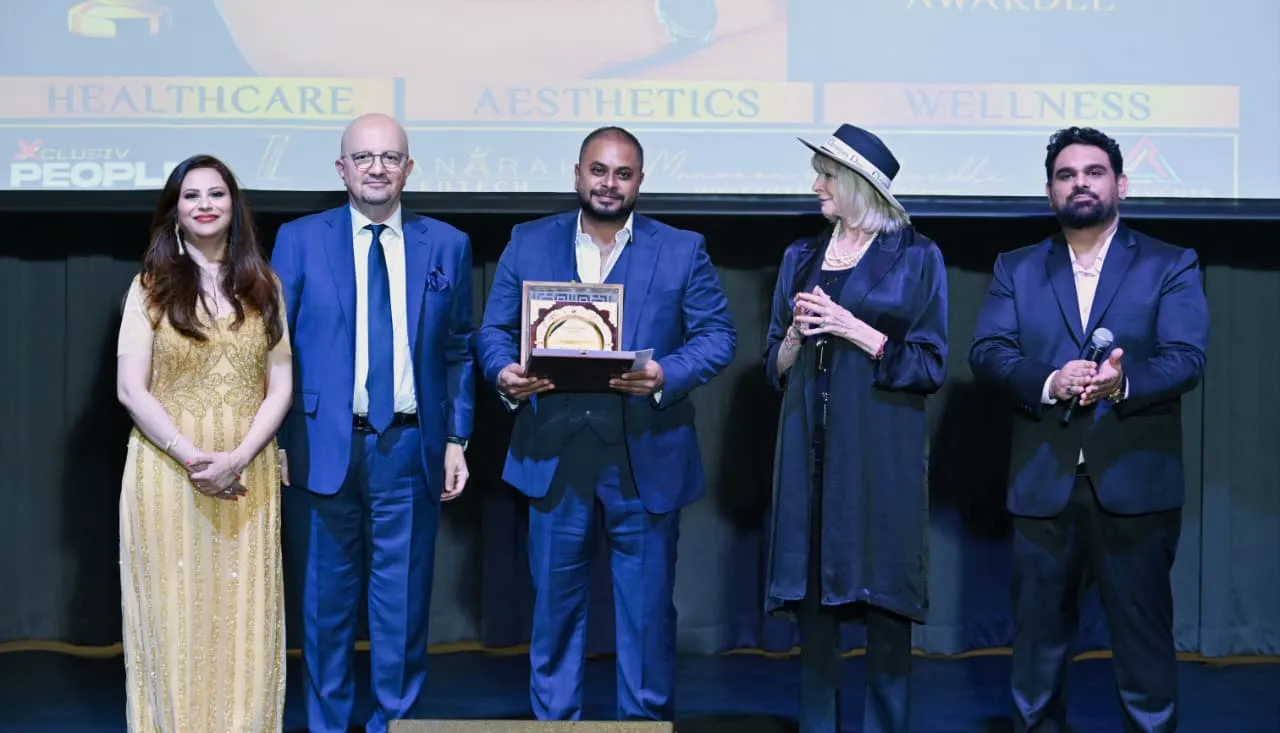🦷 Wisdom Tooth Guide by Dr. Suraj Pawar
Everything You Need to Know: Pain, Impaction, Removal & Recovery
📍 What Is a Wisdom Tooth?
Wisdom teeth, or third molars, are the last set of teeth to erupt—typically between the ages of 17 and 25, with most cases appearing around 19 to 21 years. They’re located at the very back of your mouth, two on the top and two on the bottom.
😖 Why Do Wisdom Teeth Hurt?
Pain usually begins during the eruption phase, especially if:
- There’s not enough space for the tooth to emerge.
- The tooth is angled incorrectly or pushing against other teeth.
- The eruption is partially blocked by gum or bone.
If the tooth is straight, fully erupted, and has space, removal may not be necessary. To confirm this, an oral surgeon will:
- Perform a clinical examination.
- Take a panoramic X-ray (OPG) to assess tooth position and nerve proximity.
In mild cases, a painkiller may be prescribed.
🚨 What Is an Impacted Wisdom Tooth?
An impacted wisdom tooth is one that:
- Fails to erupt completely.
- Comes out partially or at an abnormal angle.
- Grows into the cheek, adjacent tooth, or jawbone.
⚠️ What Problems Can Impacted Wisdom Teeth Cause?
Impacted wisdom teeth can lead to:
- Gum inflammation, pain, bad taste, or discharge.
- Recurring infections that worsen over time.
- Restricted mouth opening and severe jaw pain, especially at night.
- Cheek biting if angled outward—this can cause fibrosis, making the cheek tight and affecting mouth movement.
- Damage to adjacent teeth, sometimes requiring removal of both.
- Cyst formation around the impacted tooth.
- Facial infections that may require hospital care.
Repeated use of antibiotics and painkillers without removing the cause can lead to drug resistance and higher treatment costs. Early consultation with an oral surgeon is essential.
🗓️ When Should Wisdom Teeth Be Removed?
Removal is recommended when:
- There are repeated infections.
- The tooth is damaging adjacent teeth.
- It causes chronic cheek biting.
- Your orthodontist recommends it for proper teeth alignment.
👨⚕️ What to Expect During Your First Visit with Dr. Suraj Pawar
At Dental Oasis, your initial consultation includes:
- A detailed history of your pain episodes.
- Disclosure of allergies and medical conditions (e.g., diabetes, hypertension, bleeding disorders).
- Vital checks by our nurse.
- A full-mouth panoramic X-ray (OPG) to assess tooth position and proximity to nerves.
This X-ray is preferred over small intraoral films, which may not capture the full tooth or be difficult to position in the back of the mouth.
Based on the evaluation, a surgical appointment will be scheduled if needed.
🛌 How to Prepare for Wisdom Tooth Surgery
If under local anesthesia:
- Eat a full meal 1–2 hours before surgery.
If under general anesthesia:
- Dr. Suraj will guide you with hospital-specific instructions.
During the procedure:
- A topical spray is applied before the injection.
- Local anesthesia will numb the area.
- You may feel numbness or swelling in the cheek.
- The surgery typically lasts 45 minutes, but may extend to 1–1.5 hours depending on:
- Tooth complexity.
- Your comfort level (e.g., gag reflex, anxiety).
We prioritize your comfort and safety, adjusting the pace as needed.
🧊 Post-Operative Instructions After Wisdom Tooth Removal
🩹 Immediate Aftercare
- A gauze pack will be placed over the surgical site.
- ⏱️ Keep it in place for 45 minutes to 1 hour, then gently remove.
- Do NOT spit or rinse for the first 24 hours to avoid disturbing the clot.
- Mild swelling is normal and usually subsides within 4–5 days.
🧘♂️ Recovery Support
- Physiotherapy exercises will be demonstrated by Dr. Suraj Pawar to help restore jaw movement and reduce stiffness.
- Medications will be prescribed to prevent infection, pain, and swelling—typically for 3 to 5 days.
🧵 Suture Care
- If dissolvable sutures are placed, they usually dissolve in 4–5 weeks.
- However, Dr. Suraj recommends suture removal after 2 weeks to prevent food accumulation and promote faster healing.
- If you’re traveling abroad, sutures can be left to dissolve naturally.
🧼 Oral Hygiene & Diet
- After 24 hours, you may begin gentle rinsing—especially for the first 3 days.
- Resume normal rinsing after that.
- Stick to a cold, soft diet for the first 3 days (e.g., yogurt, smoothies, mashed potatoes).
🌡️ Warning Signs
- If you experience high fever within 48 hours, contact Dr. Suraj Pawar immediately. This is rare, but early intervention is key.
🚫 Activity Restrictions
- Avoid heavy workouts, swimming, and air travel for 48 hours post-surgery.
📲 Ready to Book Your Wisdom Tooth

